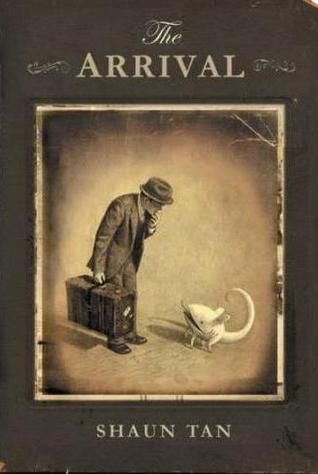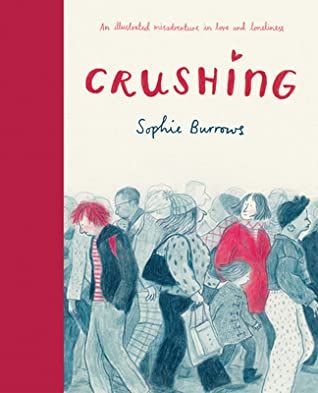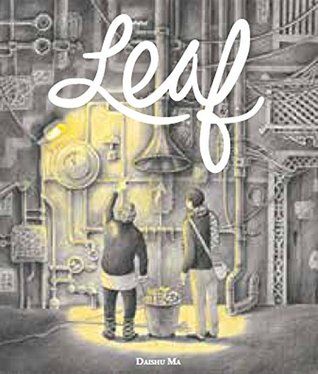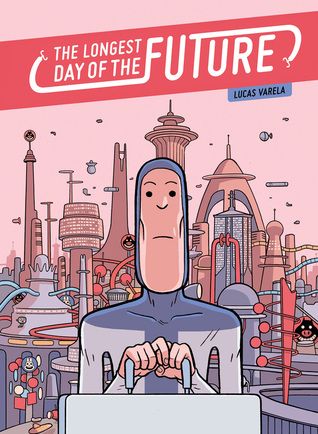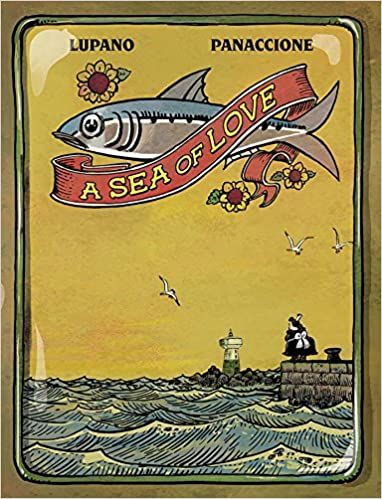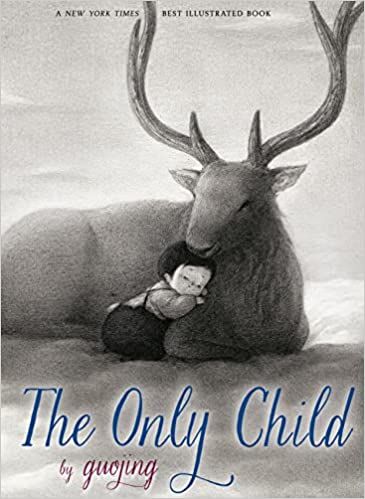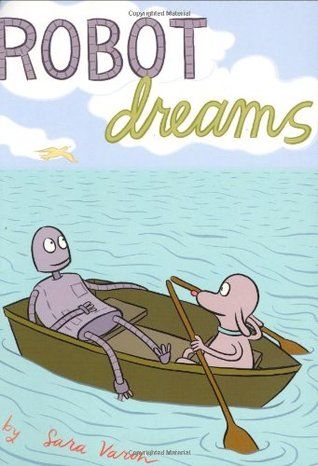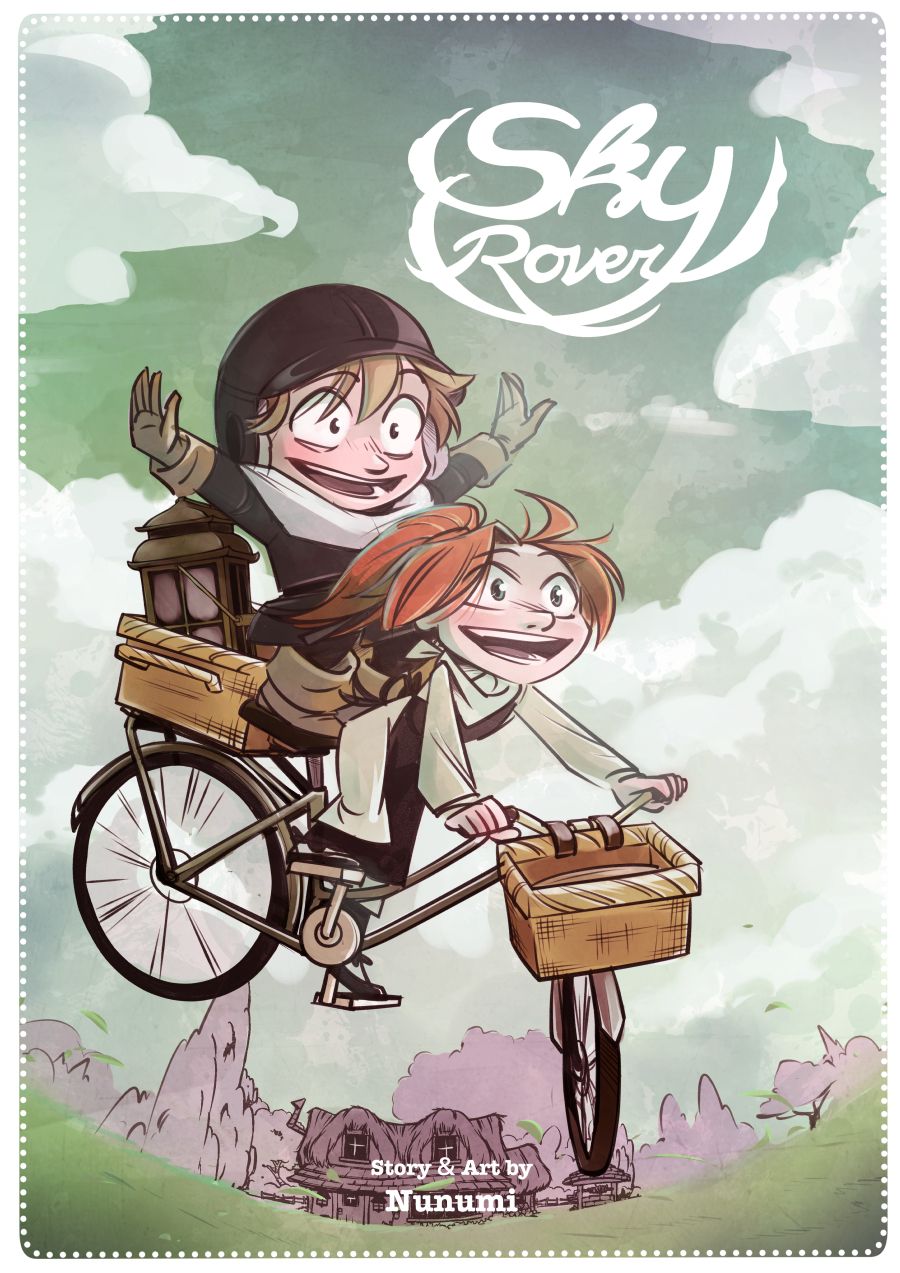Where picture books are so often seen as “for children,” picture books are different from wordless graphic novels in that there is little or no text to the story at all. Instead, the art and its sequencing unravel the story. This technique not only allows for incredible artistry on behalf of the storyteller, but it also leaves readers to explore meaning on their own; without being told the story textually, the story is left to readers to interpret in a fresh way. That’s not, of course, to say that wordless graphic novels are better than traditional graphic novels or novels without illustrations. Instead, it’s yet another format for engaging with storytelling and narrative. And though book categories are fluid — anyone at any age can and should read picture books, for example — wordless comics push those category boundaries even further. What a child may pick up in one of these books could be wholly different than what an adult picks up. Find below some outstanding wordless graphic novels. Even those with a single word or two are likely to leave you speechless.
Engaging Wordless Graphic Novels
Want to dig into some more great visually-focused books, graphic novels, or otherwise? Check out these illustrated YA books (that aren’t comics), as well as these weird, dark, and twisty graphic novels. Tan’s wordless graphic novel explores the highs, lows, unknowns, fears, and joys entangled in the immigrant experience. This is a timely book, with a powerful look at what it means to be alone…and what it means to be lonely. Compared to The Arrival, this is a fascinating look at the environment, both natural and human, and the ways in which we connect with one another. Varela’s comic is absurd and humorous and it utilizes a pastel color range throughout. But one day, the man is swept into an industrial fishing trawler and does not return. He’s taken across the ocean and his wife — whom the townspeople have told repeatedly not to expect him to come back — decides she’s going to find him. Armed with a fortune teller’s words that he’s alive in Cuba, the woman sets sail to find him. This is a rich story about love, family, and loneliness, and it gives such consideration for how wonderfully complex a child’s inner world is. On the beach, meanwhile, Robot is living forever in dreams of better days and adventures. Varon’s brightly-colored wordless graphic novel is an exploration of friendship, grief, and about how not every tragedy is the result of intentional poor choices.
